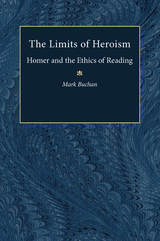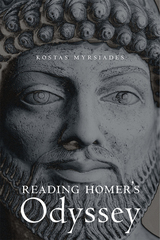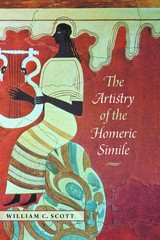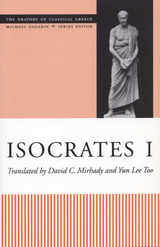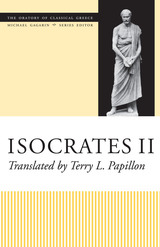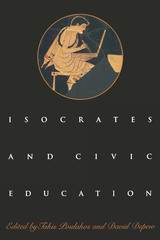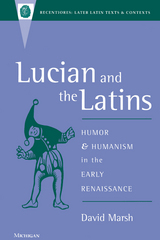The Artistry of the Homeric Simile
Dartmouth College Press, 2009
eISBN: 978-1-61168-229-8 | Paper: 978-1-58465-797-2
Library of Congress Classification PA4177.S5S28 2009
Dewey Decimal Classification 883.01
eISBN: 978-1-61168-229-8 | Paper: 978-1-58465-797-2
Library of Congress Classification PA4177.S5S28 2009
Dewey Decimal Classification 883.01
ABOUT THIS BOOK | AUTHOR BIOGRAPHY | REVIEWS | TOC
ABOUT THIS BOOK
The similes in Homer are treasure troves. They describe scenes of Greek life that are not presented in their simplest form anywhere else: landscapes and seascapes, storms and calm weather, fighting among animals, civic disputes, athletic contests, horse races, community entertainment, women involved in their daily tasks, men running their farms and orchards. These basic paratactic additions to the narrative show how the Greeks found and developed parallels between two scenes—each of which elucidated and interpreted the other—then expressed those scenes in effective poetic language. In The Artistry of the Homeric Simile, Scott explores the variations and modifications that Homer employs in order to make similes blend expressively with the larger context. This engaging study will help unlock the richness of Homer for the modern reader.
See other books on: Greek language | Homer | Literary style | Oral tradition | Rhetoric, Ancient
See other titles from Dartmouth College Press

